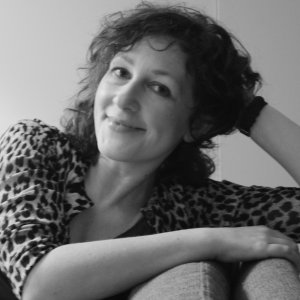
Claire Bishop
Art historian and critic of contemporary art. Since 2008, she has been professor in the art history department at CUNY Graduate Center of New York. Her publications include Installation Art. A Critical History (2005) and Artificial Hells: Participatory Art and the Politics of Spectatorship (2012). She contributes to a number of periodicals including Artforum, Flash Art and October.
Author's books
Museologia radicale
Ovvero, cos'è “contemporaneo” nei musei di arte contemporanea?
Claire Bishop
pages: 88 pages
The future of the public museum has never seemed more at risk: rather than representing the diverse interests of society as a whole, in most cases it has been reduced to a vehicle for promoting block-buster events and protecting the privileges of private concerns, giving rise to temples of amusement and entertainment that are unable to grasp the ac
